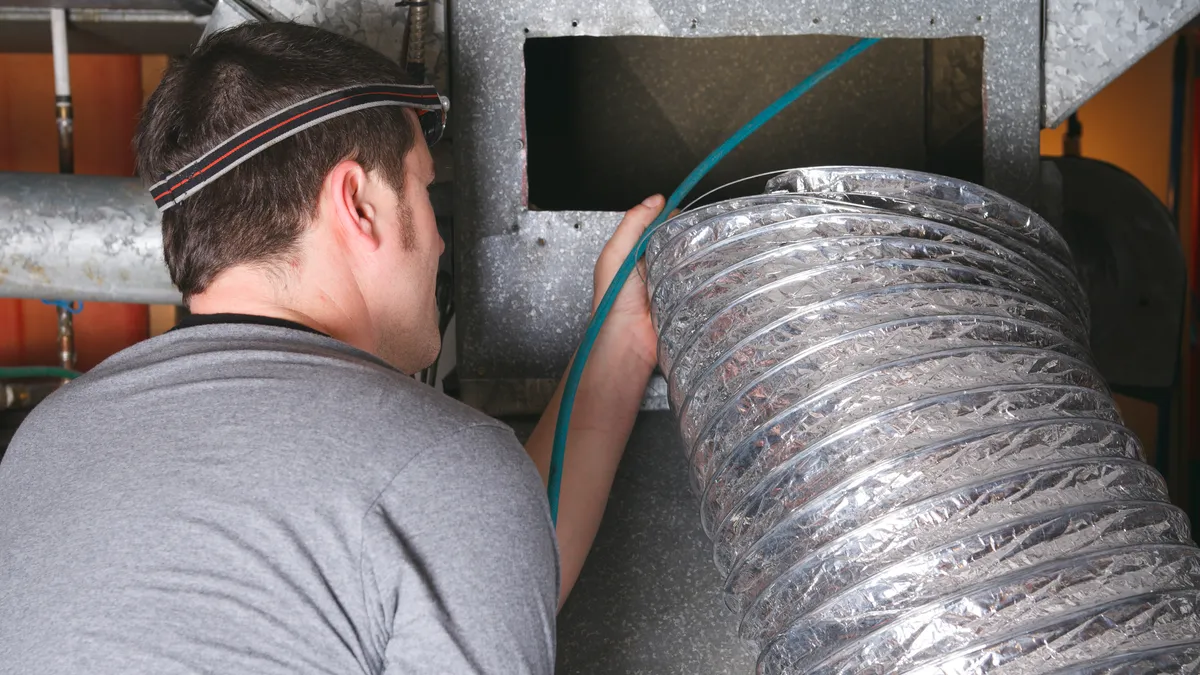Dive Brief:
- The rapid pace at which airports and related services are electrifying could increase electric power demand by up to nearly five times the 2023 levels by 2050, according to a case study of the Denver and Minneapolis-St. Paul international airports conducted by Enterprise Mobility, Xcel Energy and Jacobs.
- In an industry scenario based on plans from over 50 companies that researchers identified as airport stakeholders and the airports themselves, power demand will nearly double from 2023 levels by 2030 and reach over 3.4 times the current level by 2040, the study found. Under an aggressive electrification pathway that aligns with city and state decarbonization policy targets, current power demand by 2050 could grow to almost five times its 2023 level in Denver and to 4.6 times that level in Minneapolis-St. Paul, it says.
- To prepare for these scenarios, airports must collaborate with one another as well as with industry partners, technology providers, utilities and regulators on immediate infrastructure investments, the study said.
Dive Insight:
The case study airports in Denver and Minneapolis-St. Paul represent the broader airport industry and both airports have already undertaken some work to assess the power demands of their ecosystems, the study says. Current gas and electric power demand data from operations including footprint, HVAC systems, electric vehicle chargers, parking, operations and maintenance was used as the baseline to forecast power demand in 2030, 2040 and 2050, drawing on data from the Federal Aviation Administration for passenger growth projections. The study also considered the airports’ plans for capital expansion and energy and sustainability efforts as well as industry energy and sustainability plans and city and state air quality and emissions targets.
EV charging requirements for rental vehicles, ground support equipment and passenger and employee parking are driving the increase in power demand in both airports through 2030, the study found. “Significant” air quality improvements and greenhouse gas emissions reductions at both airports result from the transition to near-complete electrification of operations, it says.
The industry scenario the study considered for the Minneapolis-St. Paul airport cites EV charging as the source of nearly half of demand growth by 2050, with the electrification of space heating as the second-largest driver. The Denver airport’s near-term plan to cut 20% of terminal and concourse energy use by contracting with energy efficiency providers factors into its industry scenario, as does its increased EV charging, facility expansion, and electrification of its space heating.
The policy scenario forecast a more aggressive approach to electrification in keeping with city and state decarbonization targets. In this scenario, the airports’ projected power demands are higher and occur sooner than in the industry scenario, the study said, largely due to higher EV adoption and more powerful EV charging infrastructure.














